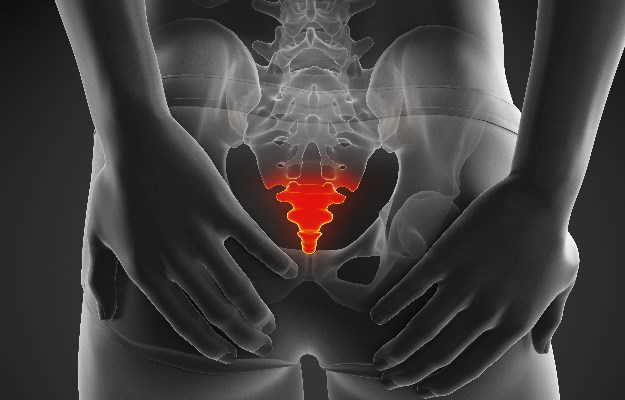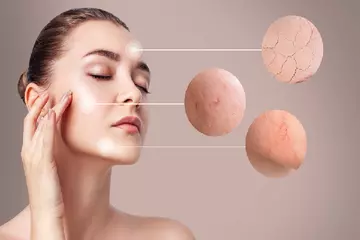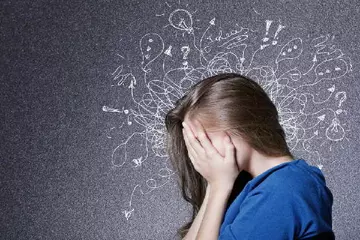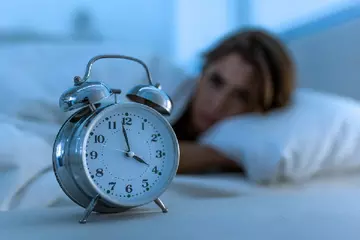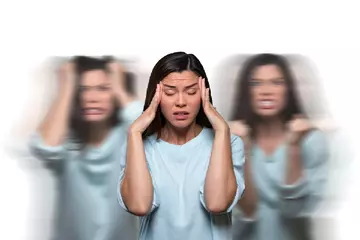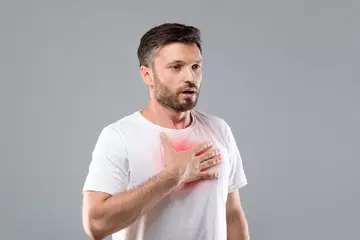The human back and neck are supported by a complex structure of nerves, bones, joints, ligaments, and muscles which are woven together to form a spinal column. The bony arrangement (medically called the vertebral arrangement) in the spinal column makes it exceptionally strong and also provides flexibility in the lower back and neck.
There are 33 vertebral bones which are stacked together to form the spine. The human spine is divided into five regions: cervical, thoracic, lumbar, sacral and coccyx.
The bottom triangular part of the spine below the sacrum is called the coccyx. It is a vestigial part of the body and looks like a tail, thus commonly called the tailbone.
The coccyx is formed by four fused bones that provide attachment for ligaments and muscles of the pelvic floor.
Pain in the tailbone region is medically called coccydynia. Reason of pain in the tailbone can be due to poor posture, a fall, weight gain or any tumours. The cause of pain can be diagnosed with the help of dynamic motion x-rays and MRI.
Coccydynia sometimes relieves on its own within weeks. If it stays for more than two weeks, medical help should be taken. Treatment of the disease can either be non-surgical or surgical. With the help of physiotherapy, painkillers and improving posture, coccydynia can be treated efficiently. Surgical treatment involves partial or complete removal of the coccyx, but it is only performed when non-surgical methods do not succeed.

 Doctors for Tailbone Pain (Coccydynia)
Doctors for Tailbone Pain (Coccydynia)  OTC Medicines for Tailbone Pain (Coccydynia)
OTC Medicines for Tailbone Pain (Coccydynia)

